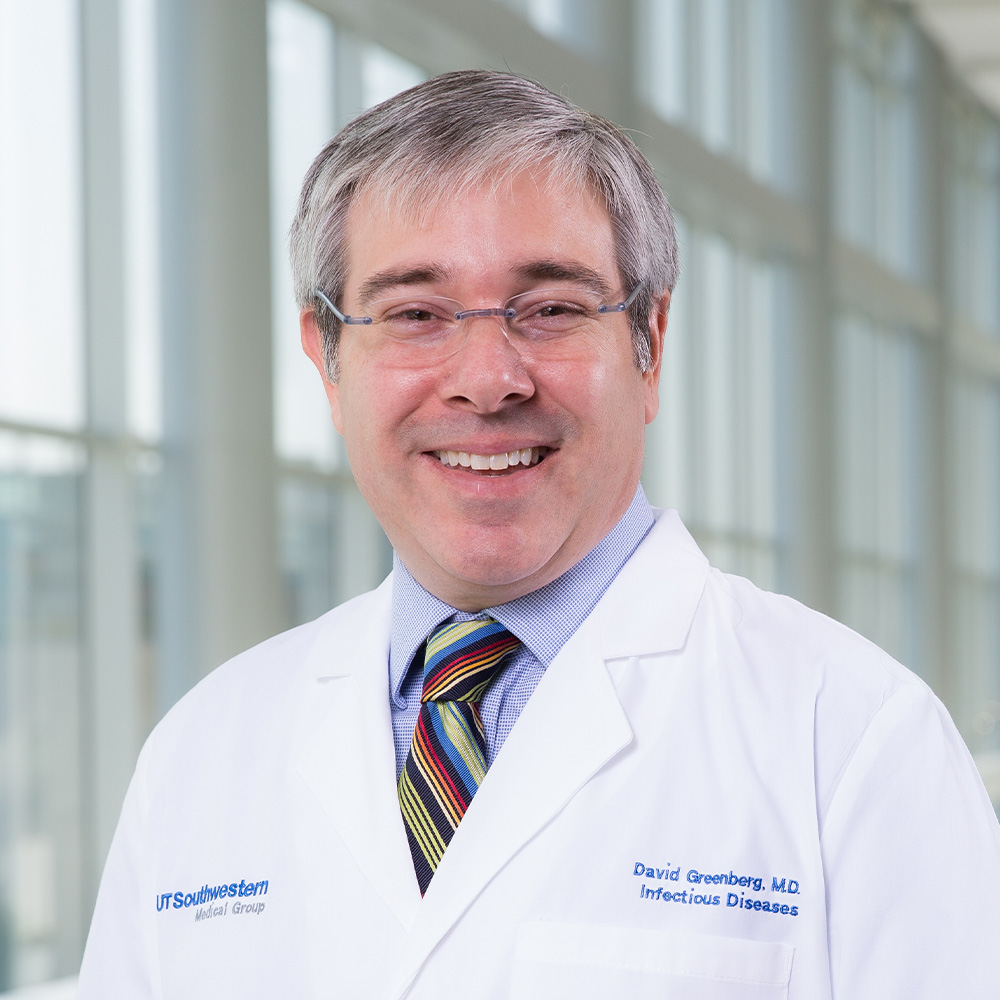Magnetic fields kill bacteria that infect medical implants
UT Southwestern demonstrates potential for saving infected prosthetic joints in human patients
DALLAS – Feb. 15, 2024 – The same technology at work in induction cooktops cut the amount of bacteria present in a prosthetic joint infection when used in conjunction with antibiotics in a mouse model, UT Southwestern Medical Center researchers report in a new study. Their findings, published in Scientific Reports, advance a concept developed at UTSW and first reported in 2017 that eradicates the slimy biofilm protecting bacteria from treatment through drugs alone.

“We previously demonstrated that alternating magnetic fields (AMF) can reduce bacterial biofilm in the test tube. This study is the first to show that AMF can reduce bacterial biofilm in an animal model, which is an important next step in trying to get this technology into human clinical trials,” said study leader David Greenberg, M.D., Professor of Internal Medicine and Microbiology and a member of the Division of Infectious Diseases and Geographic Medicine at UTSW.
Scientists have known for over a century that AMF produce electrical currents that generate heat on metal. If the direction of the magnetic fields is rapidly switched back and forth at a high frequency, then electrical currents flow only along the outer edge of the metal, a phenomenon harnessed to heat skillets on induction cooktops.
Dr. Greenberg and his colleagues showed in their 2017 study that heat generated from AMF could effectively kill biofilm-producing bacteria that grow on the surface of metallic medical implants. This type of infection occurs in about 1%-3% of the millions of metallic prosthetic joints implanted into patients worldwide each year. Because biofilms make these infections extraordinarily difficult to treat, most prosthetic joint infections require one or more surgeries that restrict patients’ activities for months.
In the new study, Dr. Greenberg and his colleagues investigated whether their success in test tubes could transfer to metallic implants in live animals, a far more complex environment. The researchers grew two types of biofilm-forming bacteria on stainless-steel balls and tested them on mouse models. Their findings showed that the highest AMF doses combined with antibiotics reduced the number of bacteria more than either AMF or antibiotics alone. Even at these doses, Dr. Greenberg said, heat damage to surrounding tissue was limited, affecting only about a millimeter of tissue closest to the implant.
Further research will include investigating why AMF and antibiotics work better together and replicating these findings.
“Our hope is that this year, we will be performing our first human studies to test the safety and tolerability of the AMF device followed by a pivotal clinical trial where we will measure both safety and efficacy,” said Dr. Greenberg, who is also a Distinguished Teaching Professor.
Other UTSW researchers who contributed to this study include Carolyn R. Sturge, Ph.D., Research Scientist; Christine Pybus, M.S., Senior Research Associate; and Bret M. Evers, M.D., Ph.D., Assistant Professor of Pathology and Ophthalmology.
This study was funded by a National Institutes of Health grant (R44 AI155291). Dr. Greenberg is Chief Medical Officer for Solenic Medical, which is commercializing the technology. UTSW is a shareholder in the company.
About UT Southwestern Medical Center
UT Southwestern, one of the nation’s premier academic medical centers, integrates pioneering biomedical research with exceptional clinical care and education. The institution’s faculty members have received six Nobel Prizes and include 26 members of the National Academy of Sciences, 21 members of the National Academy of Medicine, and 13 Howard Hughes Medical Institute Investigators. The full-time faculty of more than 3,100 is responsible for groundbreaking medical advances and is committed to translating science-driven research quickly to new clinical treatments. UT Southwestern physicians provide care in more than 80 specialties to more than 120,000 hospitalized patients, more than 360,000 emergency room cases, and oversee nearly 5 million outpatient visits a year.
